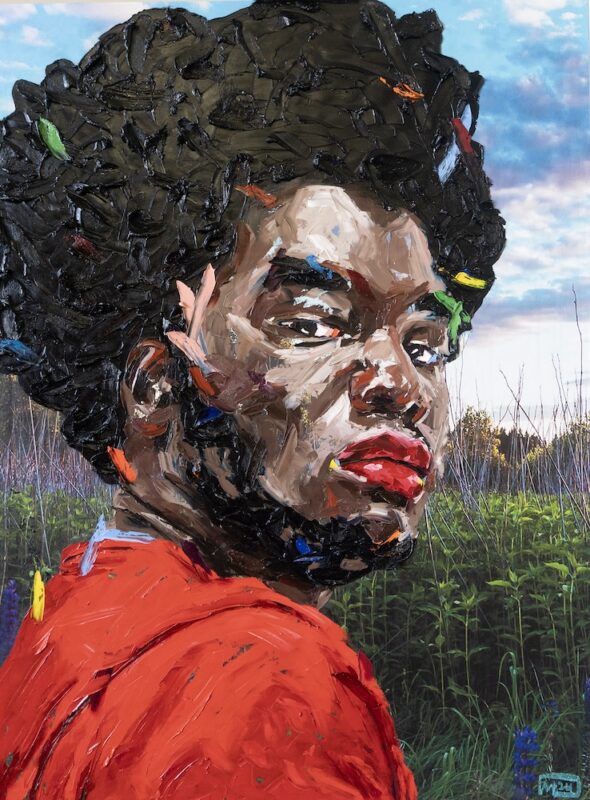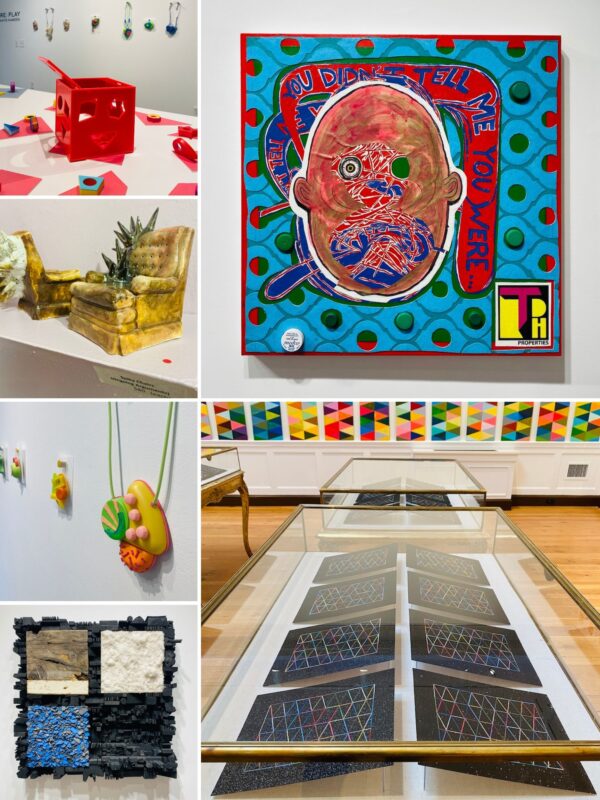
I had the pleasure of attending the world premiere of Dead Symphony No. 6 at the Meyerhoff Symphony Hall this past Friday. The score was written by classical composer Lee Johnson who took twelve different Dead tunes, turned each into movements, and wove the entire piece into a meandering orchestral work. The event was scheduled, quite dramatically, on Jerry Garcia’s 66th birthday and was well attended by lots of people in tiedyed shirts, visors, and flip flops, intermingled with more traditionally attired ‘symphony people.’ Lets just say it was easy to spot the deadheads at this show and it definitely was a more colorful crowd than the symphony usually gets.
One of my best friends got the tickets for my birthday – a friend who has endured since we were in fourth grade orchestra class together, and through a college phase in which we covered a lot of Grateful Dead music on guitar. Maybe it was our past experience of playing both types of music that allowed me to appreciate this concert, I’m not sure, but it seemed that most of the people in attendance had conflicting expectations: some expected Jerry Garcia to rise from the dead and sing, while others just wanted a normal orchestra concert without all the whooping and hollering that went on.
The symphony opened with two user-friendly pieces: overtures from West Side Story and Candide by Leonard Bernstein, which in my opinion were an unfortunate contrast to the Dead Symphony. Leonard Bernstein is a legend, a classic, and there’s a reason for this. These pieces were gorgeous and quick, rich with unusual sound and contrast, despite their familiar melodies. They allowed the orchestra to show off their moves – plucking, picking, snapping, as well as more traditional moves with the bow, and the melodies zipped back and forth, layered and crescendoed, and was, most of all, unpredictable and light. Bernstein really knew how to utilize all parts and all sounds of the orchestra to communicate his message so precisely, that the Dead Symphony, despite good intentions, sounded like mush by comparison.
I am not criticizing composer Lee Johnson, but I do question the notion that one type of music which has touched a cultural nerve can simply be transposed to another style. I believe that, in the best art and the best music, form follows function. I believe that the message of the artist can only be heard when it is communicated in the absolute right vocabulary, and that there is a right and a wrong, or a more effective vs. less effective, format for each message. Take the music of the Grateful Dead, for example. The melodies and lyrics are simple, many of which had been mined or channelled from older forms of music. The reason why such simple music has so effectively captivated an entire subculture is in its delivery. The Grateful Dead’s music is about improvisation, about spontaneity, about playing with the familiar and trying it this way and that. Sometimes it becomes dissonant or awkward. Sometimes it is downright unpleasant. At any rate, it is certainly an imperfect and joyful approach, and every performance unique, which is why Grateful Dead concert bootlegs are so popular.
Enter the orchestra. You’ve got a hundred or so professional musicians playing together. It has to be practiced and practiced until the timing is perfect. There isn’t room for one person to change it up, to try it a new way. Imposing this format on lively, improvisational music is not an easy task and requires a lot more than playing a cute rendition of ‘Sugar Magnolia’ by a bassoon and an oboe. Don’t get me wrong – this concert was enjoyable and even good. However, it did make me consider the important relationship between message and media, that these two things must be joined, for something full of life or vigor to be created.
This is true of visual work as well. The most important search an artist undertakes is to find their authentic voice. You can take a good idea and spin it into different products, different visions, with moderate success. However, there will be one way that, for intangible or illogical reasons, outshines the rest by leaps and bounds. It’s not just the idea – it’s the marriage, or even the collision, between idea and mode that makes this happen. Collaboration between the right idea and the perfect media creates a product that is more than the sum of its parts. In the case of the Grateful Dead’s music, it already works, so any other method of delivering the message is nice, but secondary. For artists, this can be frustrating, but also should keep us hopeful.



